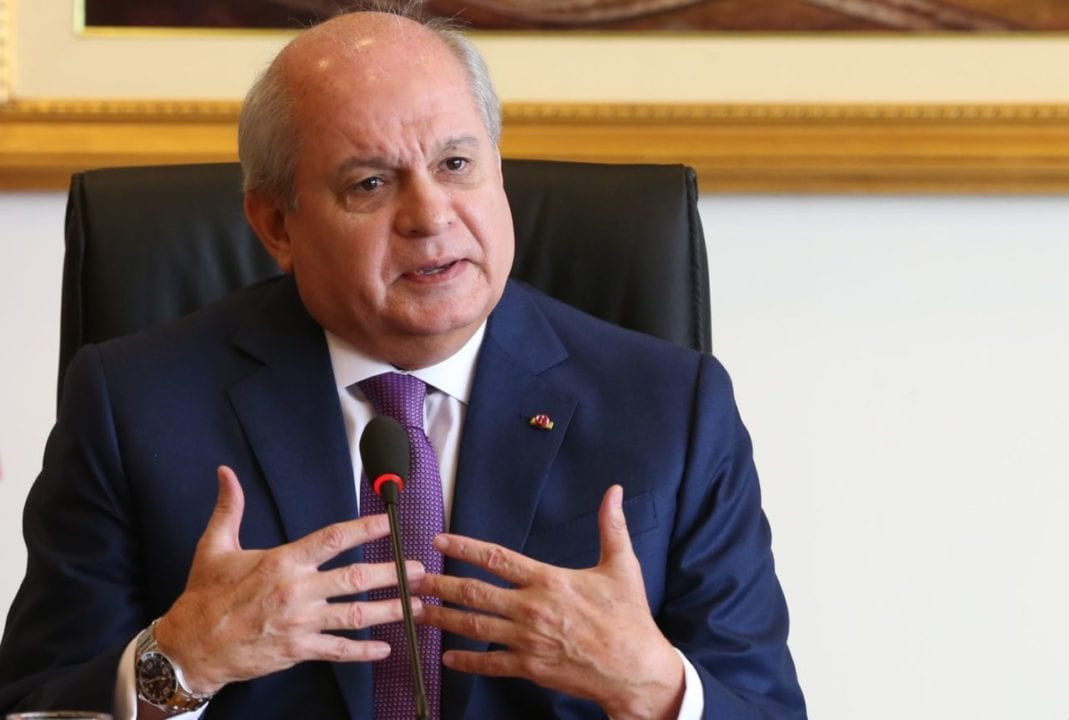RIO DE JANEIRO, BRAZIL – The political crisis in Peru is entering a new round: on Thursday, August 6th, President Martín Vizcarra swore in a new cabinet, the sixth in his two-year mandate. Earlier on Monday, the newly appointed cabinet under Prime Minister Pedro Cateriano unexpectedly lost a vote of confidence before Congress. With the former Minister of Defense and General, Walter Martos, the military will now take over the government affairs as the new Prime Minister.
According to observers, there is disagreement on how to assess the surprising no-confidence vote, as the confirmation of a newly convened cabinet is typically considered a routine vote. While the President and his allies accuse the legislature of pursuing a strategy of blocking key reforms based on particular interests, the Peruvian left-wing points to Cateriano’s strongly pro-business agenda and the neglect of the social and health crisis, which the parliament found unacceptable.
In fact, very different political forces voted against the cabinet or refrained from voting: on the one hand, left-wing parties such as the Progressive Broad Front, the Nationalist Union for Peru and the Agrarian Front, and on the other, the Centrist Popular Action (AP), which is the largest parliamentary faction, as well as the right-wing parties Alliance for Progress and “Peru, we can”. In turn, not only the traditionally Vizcarra-loyal center-right parties voted for the independent government, but also the popular Fujimorist force.

Vizcarra claims that his opponents are only interested in blocking his reform program – in particular his anti-corruption and university reform. Among those who voiced their suspicion of Cateriano were several members of parliament who are themselves involved in corruption investigations. The university reform, which sets higher standards for private educational institutions, had also been repeatedly criticized by legislators who are either owners or shareholders of private universities. Consequently, the President stressed: “The reform is not negotiable!”
However, the former cabinet has been criticized from the outset for focusing excessively on corporate interests. Martín Ruggiero, who was appointed Minister of Labor as a 32-year-old corporate attorney with no experience in public service, was considered an illustration of this. Ex-Prime Minister Cateriano had also stated that the expansion of the mining industry would be at the heart of his mandate, for which he wanted to lower ecological and participatory standards.
According to Manuel Merino, President of Parliament, Cateriano had failed to find a solution to the crisis of the Covid-19 pandemic. “The president is solely responsible for the cabinet crisis because he knows that his health and economic policies have failed,” the AP parliamentarian said.
For Omar Cavero of the left-wing think-tank “Emancipation”, the matter is also clear: “[Cateriano’s] attitude was so arrogant […] and his positions so brutally pro-business […] that even the right-wingers had doubts.” He also accuses the pro-government parties of hypocrisy: “We must never forget this picture when the liberal ‘anti-Fujimorists’ and the Fujimorists joined forces to express their confidence in a cabinet that was exceptionally honest in promoting an agenda of national plundering and exploitation in the midst of the crisis.”
The new cabinet under Walter Martos retains all but four ministers, including Labor and Mines. Since the resignation of former president Pedro Pablo Kuczynski 2018, when Vizcarra was promoted from vice-president to Head of State, his reign has been marked by severe personnel instability. As a non-partisan, he is reliant on informal alliances in parliament.
Vizcarra’s high popularity rating recently dropped from 87 to 65 percent. With 619 deaths per million inhabitants, Peru is the country with the third-highest death rate in the world after Belgium and the United Kingdom. The World Bank projects that the country’s economic activity will shrink by one-eighth this year. This makes the Andean country the most economically affected country in Latin America after Belize. In Lima alone, 50 percent of all jobs have been lost since March.

